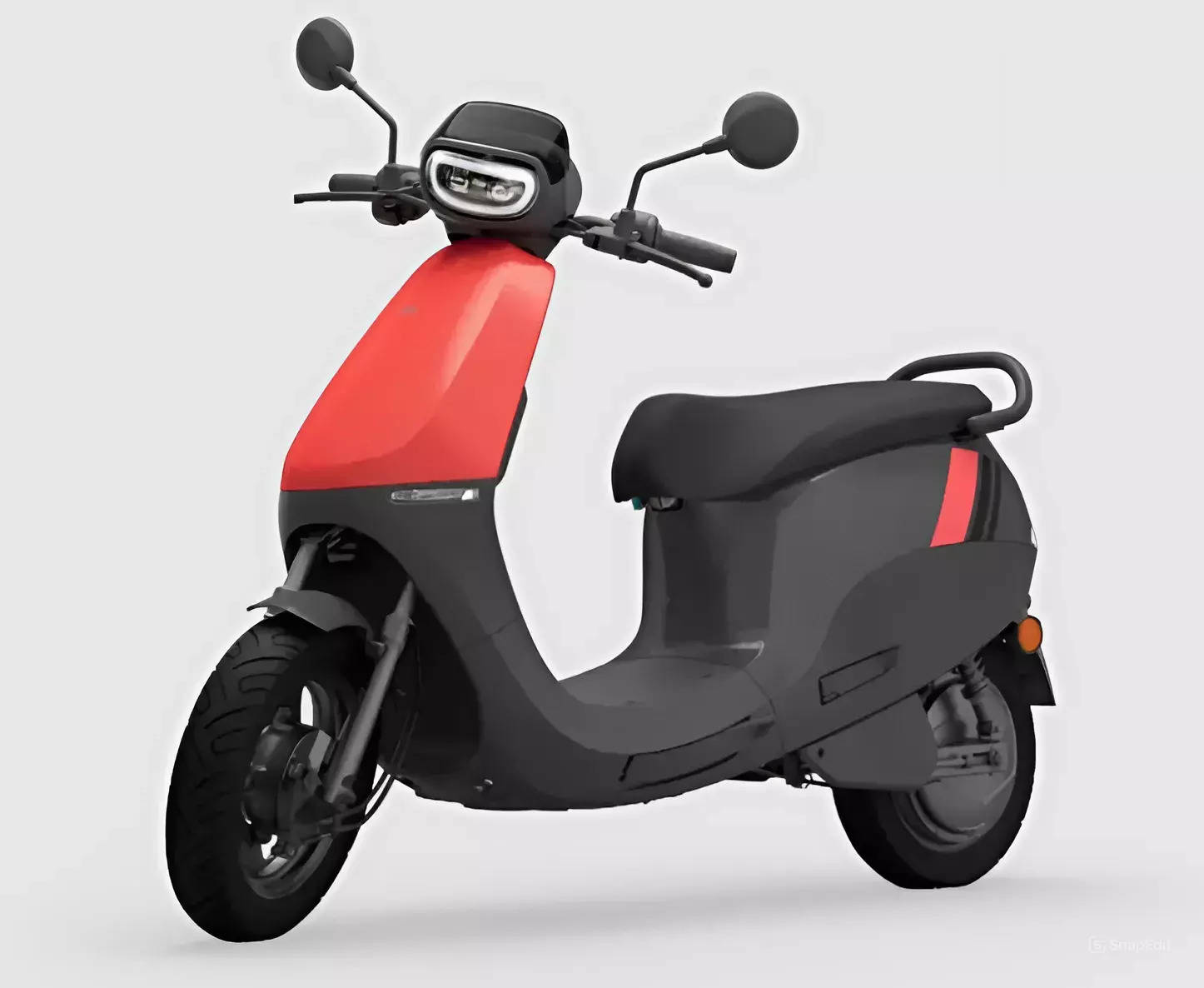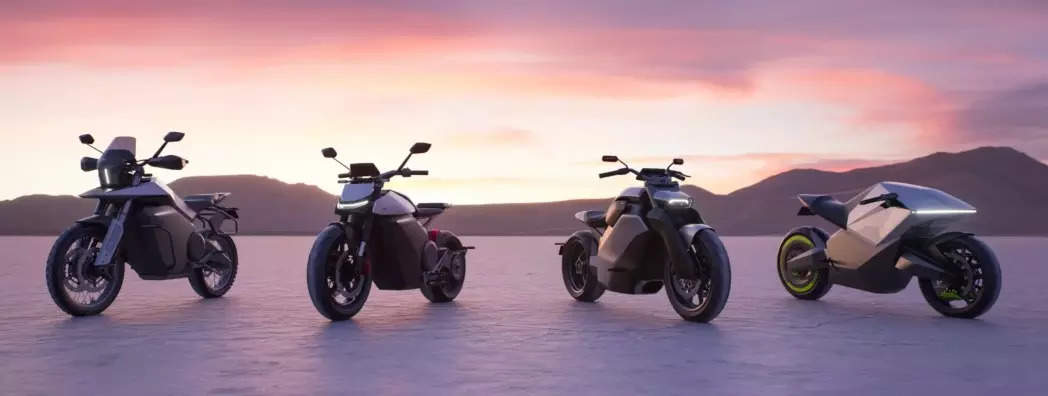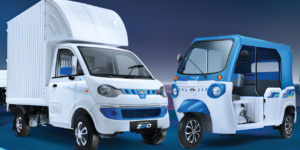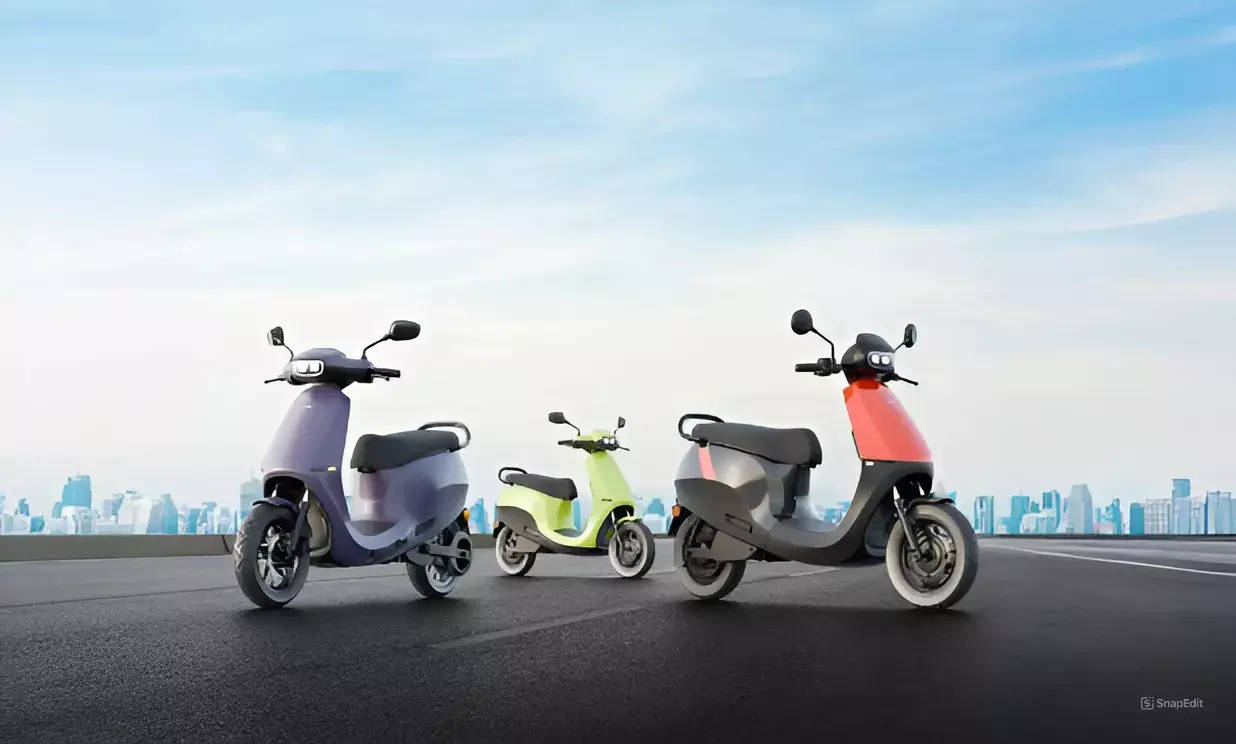
New Delhi: Ola Electric, which entered the two wheeler space few years ago is now pretty much in pole position with its impressive sales record that nudged it to become one of the leading. What Ola Electric is doing in the electric two-wheeler(e2W) industry, Maruti Suzuki did the same for the Passenger Vehicle industry decades ago. Ola Electric sold the maximum e2Ws for Q1 FY 2024-25 followed by Bajaj Auto, TVS, and Ather.
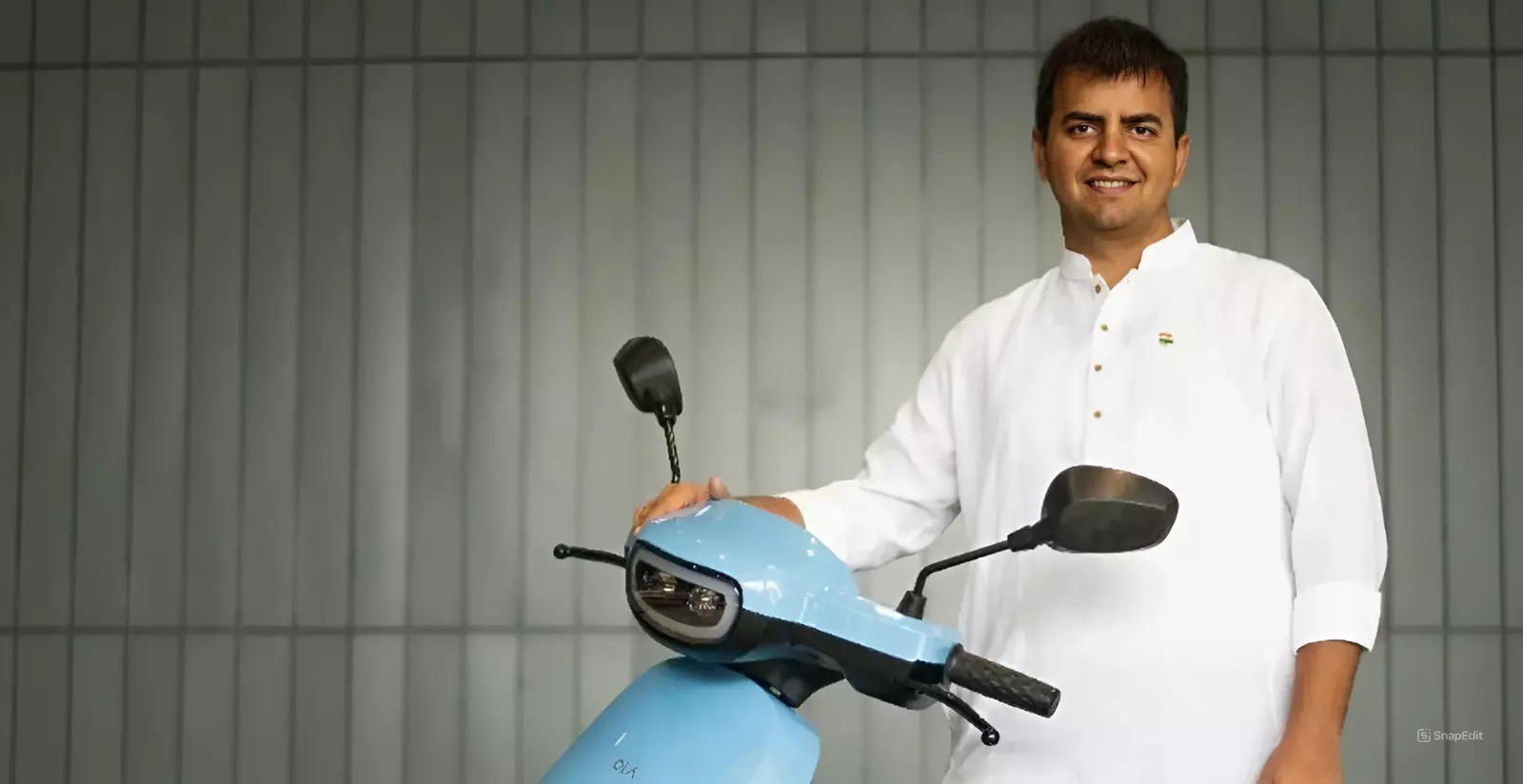
The Bengaluru-based company is soon going to be the first EV startup to file its IPO in India. Bhavish Aggarwal, Ola Electric’s CEO and Founder, recently compared the company’s upcoming IPO with Maruti’s IPO that occurred two decades back. He focuses on how Ola Electric’s IPO can be a game changer for both the company and the potential investors just like what Maruti Suzuki had in the past.
So, could Ola Electric be the Maruti Suzuki among electric two-wheelers?
When Maruti Suzuki launched its famous 800 model in the Indian market it won the hearts and minds of many Indians as there was practically no other car which could offer the same features as it, at that price point. This was also part of the reason why this model remained one of the longest running production cars by the company. Can Ola Electric do the same with its range of e2Ws?
Even with this popularity creating a monopoly is quite hard, believes an industry expert. “Ola’s ability to innovate and adapt will be crucial in retaining its market leadership. Although a monopoly is unlikely due to the competitive nature of the market, Ola can continue to be a leading player if it maintains its current trajectory,” Randheer Singh, CEO ForeSee Advisors Pvt Ltd, and Former Director — Electric Mobility, NITI Aayog told ETAuto.
What helped Ola Electric to reach and be in pole position?
Ola Electric’s market share has grown each financial year (FY), it held 21% market share with 152,779 units sold in FY23, then 35% market share with 326,443 units in FY24. And now the company managed to gain 48% of market share with 1,08,161 for Q1 FY25, as per the SMEV data.
Ola Electric competitors’ list includes leading 2W manufacturers such as TVS Motor, Bajaj Auto, Ampere, Hero Electric, Kinetic Green, and others. But the question here is how Ola Electric captured the e2W market?
Singh said, “ Firstly, the company’s (Ola Electric) aggressive market penetration strategy, which included competitive pricing, extensive marketing, and strategic partnerships, has played a significant role. Additionally, their ability to adapt to market demands and rapidly expand their fleet with a variety of vehicle options has also been crucial.”
Ola Electric has priced their vehicles comparatively lower than competitors, making it more accessible to a wider consumer base. Ola Electric touches the majority of the price segment in the e2W market, be it low or mid range such as Ola S1 X is priced at INR 74,999 and Ola S1 Pro is available for INR 1.32 Lakh (data collected from the company’s website).
Saket Mehra, Partner, Grant Thornton Bharat believes, an increase in the demand of mid-market segment will be observed in e2W segment, “This surge is expected as manufacturers tailor products to meet specific customer demands for performance and range at competitive prices.”
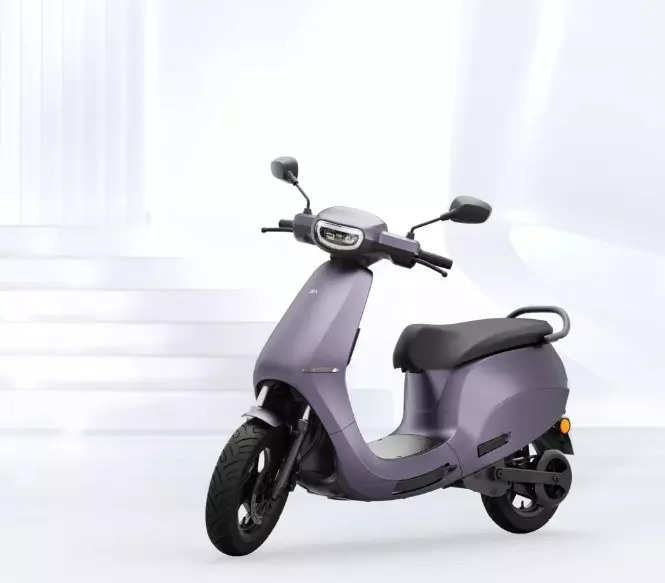
Ola Electric entered the Indian e2W market in 2021 with S1 and S1Pro launched at INR 99,999 and INR 1,29,999 respectively. Ola then in 2023 broadened its portfolio from two scooters to five. These launches touch different ranges (low and mid) leading the company to a strong presence in the e2W market.
As the sales grew by leaps and bounds, so did the consumer complaints. Consumers called out multiple issues such as fire in the scooter, software glitches, and quality concerns of its products. Ola recalled 1,441 scooters in April 2022 for inspection addressing the recent electric scooter fire incidents. Ola has also received few complaints regarding the software bugs such as sudden speed surging.
One such incident occurred when an Ola Electric user tweeted regarding the malfunction(when brakes were pressed the vehicle got accelerated) of the scooter which caused severe injuries to the driver. However, Ola denied this malfunctioning by stating it was caused due to ‘over speeding of the vehicle’.
Another incident occurred in May 2022, when an Ola scooter unexpectedly went into reverse mode which caused multiple injuries.
Market share fight continues
Ola Electric sold a total of 1,08,161 units in the Q1 of FY25 thus, retaining its number 1 position, which was followed by TVS which sold 29,341 units. However, one interesting aspect is the margin between the top 2 leaders for Q1 FY25. Ola Electric managed to secure 48% e2W market share (MS) which is approximately triple than what the first runner up holds; TVS secured 16% of MS, as per the SMEV data.
Bajaj Auto stood at third position with 24,565 units sold in Q1 FY25, followed by Ather Energy which had a sales of 16,066 units in the same period. Ampere stood at fifth position with 7,547 units sold in Q1 FY25. Ampere has observed a downfall in its overall sales from holding 12% in FY23 to 6% to FY24, and currently holding 4% market share (for Q1 FY25).
What led to muted growth of e2Ws?
The new EMPS (Electric Mobility Promotion Scheme) which is an alternative of FAME II Policy that concluded on 31st March 2024, has cut the subsidies to 50% for different segments. EMPS provides a maximum subsidy of INR 10,000 per e2W from the previous INR 22,500, for e3Ws the subsidy is now reduced to INR 50,000 from INR 1,11,505. The cut in subsidies for both the buyers and manufacturer resulted in the muted sales for the previous quarter.
To sustain and increase the demand of their products post (reduction of incentives in the) FAME II Policy several OEMs have slashed their prices to make it more accessible in the mass- market.
Ola Electric in April reduced the prices of its entry-level scooter (S1X model) by INR 5-10K across variants. This reduction came soon after the launch of the Ather Rizta, a new range of scooters aiming for the family market priced starting at INR 1.09 lakh.
In the passenger vehicle segment, OEMs such as Tata Motors slashed down their selected EV prices up to INR 1.2 Lakh two months before FAME II policy was concluded. MG also reduced the price in February, along with some other OEMs.
It may take a different turn in future
If Ola Electric wants to retain its leadership in this competitive environment it has to follow the rapidly evolving, and technological advancing Indian market. It also has to make peace with policy amendments, and shifting consumer preferences could introduce new dynamics.
“While Ola’s current dominance suggests they are well-positioned to maintain a strong market presence, the possibility of new trends and competitors emerging in the coming years cannot be ignored,” added Singh.
Talking more about future trends Mehra said, “There is a growing opportunity in the e-motorcycle sector to address existing gaps in cost, speed, and range compared to internal combustion engine models. Premium e-motorcycles that can match the performance of their gasoline counterparts at lower costs could revolutionize the market.”
Ola Electric is currently working on its electric motorcycle which is expected to enter the Indian market in the second half of FY26.
It will be interesting to observe whether the company will be able to lead in the e-motorcycle segment where Revolt, and Ultraviolet are its top competitors.


